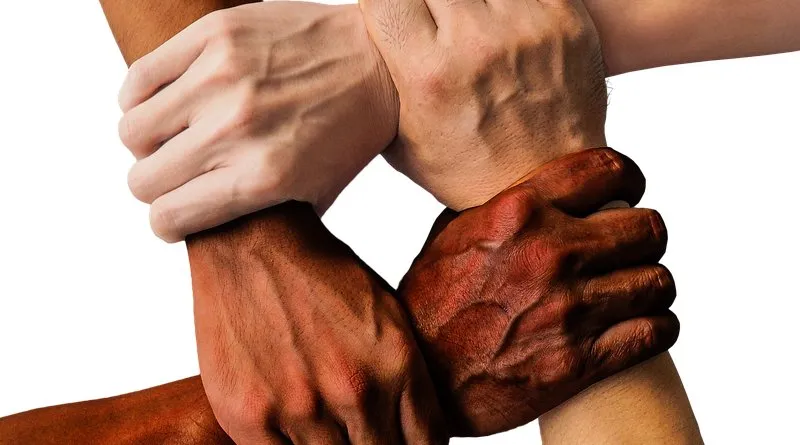The Horn of Africa States (HAS) owns a large growing population in an area that is roughly 1.9 million square km. It enjoys a long coast of some 4770 km excluding the coastal belts of its numerous islands. The population is youthful with almost 70 percent under thirty years of age and continually acquiring better education as years pass by. Life expectancy is also improving, while child mortality is increasingly being reduced through better health services.
The region owns untapped resources including oil and gas, and minerals including gold, platinum, diamonds, lithium, cobalt, copper, magnesium, and manganese, and literally most of the minerals required for the world’s future technologies. It also enjoys large solar exposure and many man-hours of sunlight, winds, geothermal, and other energy sources including one of the largest uranium reserves in the world.
The Horn of Africa States region owns substantial and growing telecommunications industries, banking and financial services, and trade with two of the world’s largest growing economies, namely India and China, to which it is connected through maritime access.
The region owns vast arable lands and plenty of water that support significant native grains and other foods such as large animal populations, including camels, cattle, sheep, and goats. It also owns burden animals such as donkeys, mules, and horses and a significant poultry industry.
Despite all the above-mentioned resources, the region has also its own dramatic and bottomless problems including ethnic-based competition for power, humankind-induced food insecurities, natural climatic changes, and crises, and hence poverty and all related ills. It will not be all paradise, therefore, as the century moves on.
The region will have to continue grappling with its governance systems, foreign interferences, terror groups, underdeveloped infrastructures, and continual struggle against backsliding to the intra-state and inter-state dilemmas of the past.
The region, would, however, exploit its resources both human and material in a better fashion than has hitherto been the case, as the old colonial legacies are left behind and the region reverts to its traditional and indigenous economic and developmental processes, choosing its own paths in the years to come. Ethiopia joining the BRICS Plus is one perfect example of the region’s ability to make its own choices for good or bad.
The foreign aid dilemma would also be left behind as many of the region’s citizenry now see the disadvantages of over-dependence on foreign aid and fake support mechanisms. The region would rely on its resources and human capital, which is growing at a fast pace, providing both a reliable labor and marketplace, all at the same time.
The over-emphasis on poverty and conflicts in the international media related to the region would be replaced by the region’s own presentation of itself to the rest of the world as a performing region dependent on itself and its resources. The blue economy of the region and its energy power would play major roles in this regard.
The region would also develop int own textile industry and improve other manufacturing processes whether it is food related or otherwise, taking advantage of the large resources of the region. The region would benefit from its large diaspora population across the globe, not only in terms of management processes but also in helping attract foreign direct investments to the region, which is mutually beneficial for both the region and the investors.
The region would develop its own economic diplomacy with foreign parties as its economy continues to be integrated to serve the region’s populations instead of benefits being siphoned off by and to others, as has so far been the case.
Double-dipping institutions like IGAD would be replaced by a regional, economic-based institution such as HAS would represent but would probably be refined as discussions commence earnestly over the creation of a regional bloc over the next few years. Bloated regional blocs such as the EAC would start to shrink as countries start to choose where they belong. The DR Congo may withdraw from the EAC as it is more of a central African country that belongs to the Economic Community of Central African States. Tanzania, currently unhappy with the EAC may choose to remain with the SADC, where it is a member as well.
The foreign-inspired terror groups would be defeated in the region and would have no effect on the region’s economic, political, and social developments in the coming years, thus removing a heavy burden. The social cohesion of the region’s societies would improve and contribute to its development.
Reliance on fake development experts and so-called international aid donors would be curtailed as their false and senseless mechanisms get exposed by their own failures. They keep presenting the same solutions for the same problems year after year for so many years and they do not realize they are being watched by the populations of the region. They would slowly disappear into the mists of time as people in the region ignore them and their false and fake advice in the future.
The headaches of the region are slowly giving way to a clearer understanding of its problems, and hence better assessment and evaluation of itself. The population is growing and is more educated. Civil liberties and citizen participation in national and regional affairs are developing and improving. Despite the continuing poverty headlines affecting the region and ethnic-based competition for power, the region is developing its telecommunications industries, its banking and finance systems, its trade and relations with other regions and nations, and indeed, its economy is growing at a fast pace. This should continue as the region moves forward in its developmental path. The 21st century, or what remains of it should, therefore, be positive for the region.

